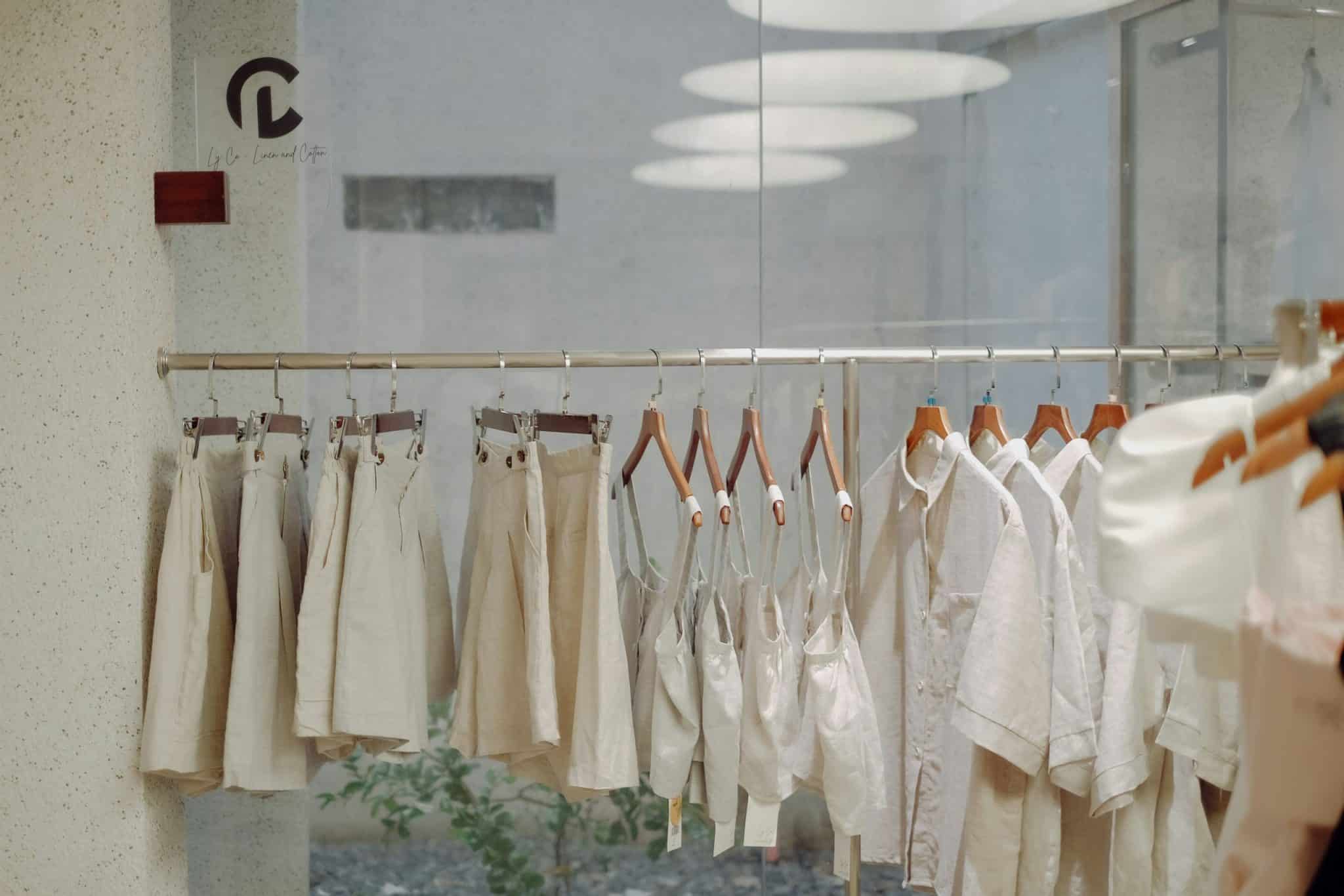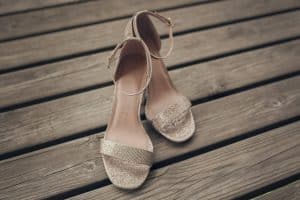Hospitality Industry Dress Codes Explained
The hospitality industry is a dynamic and ever-evolving field that requires its employees to present themselves professionally, and dress codes play a crucial role in achieving this. Whether you’re working in a five-star hotel, a trendy restaurant, or a cozy bed and breakfast, dress codes are essential for maintaining a professional image and meeting customer expectations. In this article, we’ll take a closer look at hospitality industry dress codes, their purpose, and how they vary across different establishments.
The Purpose of Dress Codes in the Hospitality Industry
Dress codes have been a part of the hospitality industry for centuries, and they have an important role in creating a positive and professional image for both the establishment and its employees. The aim is to ensure that employees are appropriately dressed to perform their duties with confidence while adhering to the values and standards of the company. Dress codes also help to enhance customer experience, providing consistency in service and appearance. In essence, dress codes are not just about dressing for the job; they are about representing the brand and the industry as a whole.
Types of Dress Codes in Hospitality Industry
Business Casual
One of the most common dress codes in the hospitality industry is business casual. This dress code is less formal than business attire but still requires employees to look professional. It typically includes khakis, dress pants, skirts or knee-length dresses, collared shirts, blouses, and closed-toe shoes. This dress code is often seen in contemporary hotel chains, mid-range restaurants, and bars.
Business Formal
Business formal is the most conservative dress code in the hospitality industry, suitable for upscale dining restaurants and luxury hotels. It typically requires employees to wear tailored suits, dress shirts, dress shoes, and ties for men, while women are expected to wear a skirt or pants suit and closed-toe shoes. This dress code conveys a sense of elegance and professionalism, which is crucial for creating a sophisticated atmosphere for guests.
Trendy/Casual Trendy
As the hospitality industry continues to evolve, we have seen a shift towards more casual and trendy dress codes. This type of dress code is suitable for establishments that cater to a younger or more modern crowd, such as boutique hotels, bars, and cafes. It allows employees to express their individuality while maintaining a professional appearance. For men, this can include wearing fitted jeans, sneakers, and a collared shirt, while women can opt for stylish dresses or blouses with dressy jeans or skirts.
Uniforms
Many hospitality establishments, especially hotels, require their employees to wear uniforms. This dress code offers consistency in appearance, creates a sense of belonging among employees, and helps guests easily identify staff members. Uniforms can range from traditional formal attire to more casual and contemporary styles, depending on the establishment’s brand and target audience.
Why Dress Codes are Important in the Hospitality Industry
Having a dress code in the hospitality industry serves both functional and symbolic purposes. On one hand, it ensures that employees are dressed appropriately for their job duties, such as wearing non-slip shoes in the kitchen or wearing aprons to protect clothing. On the other hand, it establishes a sense of unity and professionalism among employees, creating a positive image for the establishment. Dress codes are also crucial for maintaining safety and hygiene standards, especially in the food and beverage sector. Employees must adhere to certain dress codes to handle food safely and maintain cleanliness standards.
Understanding Dress Codes for Your Establishment
Each establishment within the hospitality industry is unique, and therefore, dress codes may vary. It is essential to discuss and explain the dress code policy during the employee onboarding process and provide employees with a written dress code policy to reference. This will ensure that employees understand the standards expected of them and have the appropriate attire ready for their first day of work.
Furthermore, it is equally important to regularly review and update dress codes to reflect current industry trends and customer expectations. Some establishments may require specific attire for special events or occasions, so having a flexible dress code policy is also crucial.
In Conclusion
Dress codes in the hospitality industry are more than just a set of rules dictating what employees should wear to work. They are a reflection of a brand’s values and standards, play an essential role in creating a positive image for the establishment, and help maintain a safe and professional work environment. Whether it’s business formal or trendy casual, understanding dress codes and their purpose is crucial for any employee in the hospitality industry.









